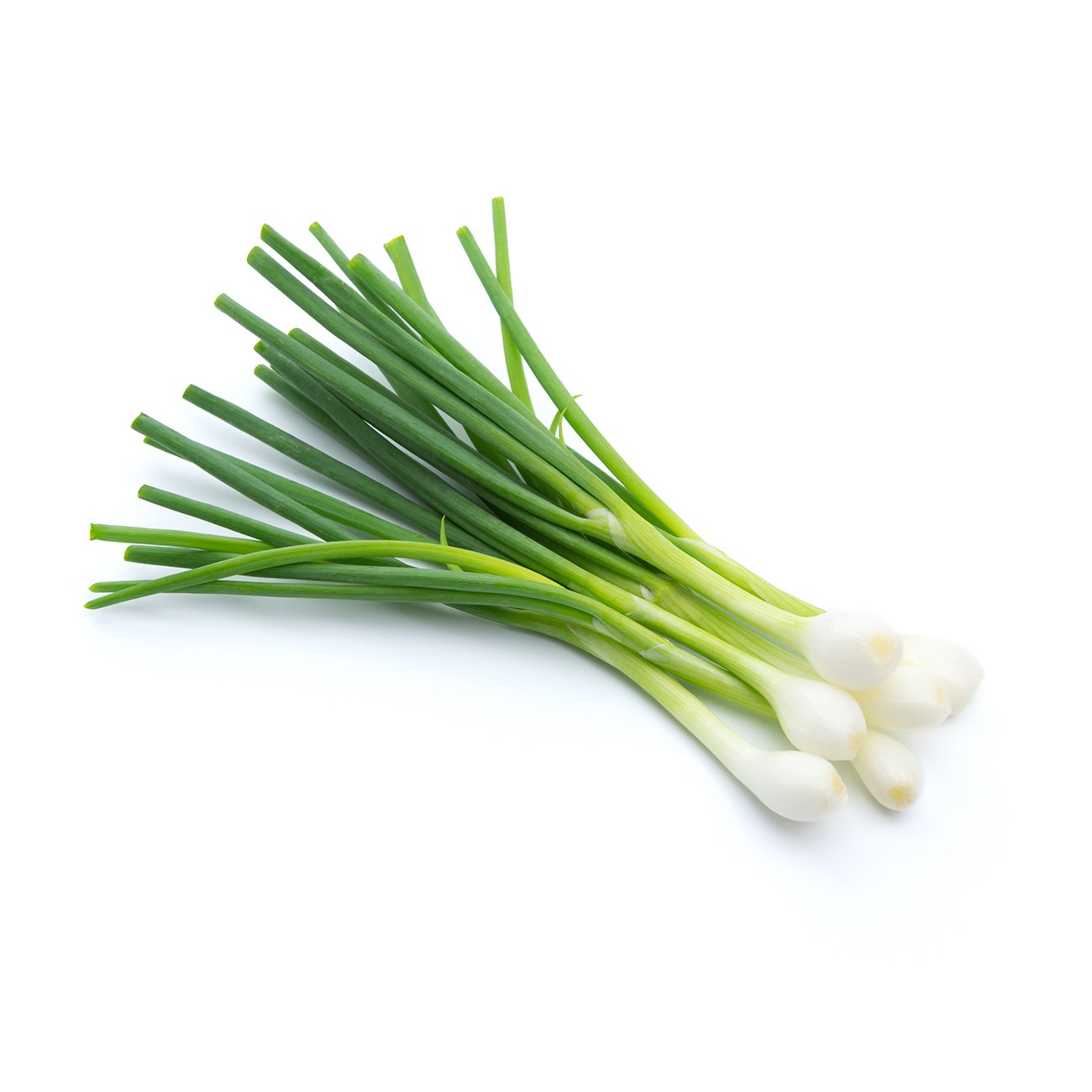Garlic is easily recognised by its cloves, pungent aroma and thin, papery skin. Varieties include bulbs with pink or purple skin, and a different size and number of cloves. Smoked and black garlic bulbs are also available, which have a flavour variation. Garlic grows shoots in cold weather, so store in an area with warmth to delay this in winter.
-
Harvesting
Most garlic is harvested when the bulbs are mature. Harvest occurs after the tops have fallen and are very dry. High quality garlic bulbs are clean, white (or other colours typical of the variety), and well cured (dried neck and outer skins). The cloves should be firm to the touch. To control sprout development and lengthen the storage period, garlic may be treated with preharvest applications of sprout inhibitors or be irradiated after harvest.Postharvest storage temperature
Optimum storage temperature is -1–0°C. The variety of garlic affects potential storage life and the recommended conditions for commercial storage depend on the expected storage period. Garlic can be kept in good condition for 1–2 months at ambient temperatures (20–30°C) under low relative humidity (<75%). garlic will eventually lose dormancy, signalled by internal development of the sprout. this occurs most rapidly at intermediate storage temperatures of 5–18°c. due to its high solids content, garlic freezes at temperatures below -1°c. garlic odour is easily transferred to other products and should be stored separately. warm temperatures, low relative humidity, and good airflow are conditions needed for efficient curing. curing is essential to obtain maximise storage life and have minimal decay.>Controlled atmosphere storage
Atmospheres with high CO2 (5–15%) will retard sprout development and decay during storage at 0–5°C. Atmospheres with 15% CO2 may result in some yellow translucent discolouration occurring on cloves after about 6 months.Ethylene sensitivity
Garlic is not sensitive to ethylene exposure.Humidity storage
Garlic should be stored at 60–70% relative humidity. Higher humidity will favour mould growth and rooting. Mould growth can also be problematic if the garlic has not been well cured before storing.Disease & infection
Penicillium rot (Pencillium corymbiferum) and other spp. are common problems in stored garlic. Affected garlic bulbs may show little external evidence until decay is advanced. Affected bulbs are light in weight and the individual cloves are soft, spongy and powdery dry. Low humidity in storage retards rot development. Less common storage decay problems include Fusarium basal rot (Fusarium oxysporum cepae) which infects the stem plate and causes shattering of the cloves, dry rot due to Botrytis allii, and bacterial rots (Erwinia spp., Pseudomonas spp.). -
Remove outer and peel before use. Store at room temperature in dry, dark place.

You might also like
Veggy tip
Chop garlic early in cooking preparations, then cover and set aside for a few minutes to enhance flavour.



